Experience the pinnacle of classical Greek architecture on the sacred Acropolis of Athens. Walk among 2,500-year-old marble columns where ancient democracy flourished and Athena was worshipped.
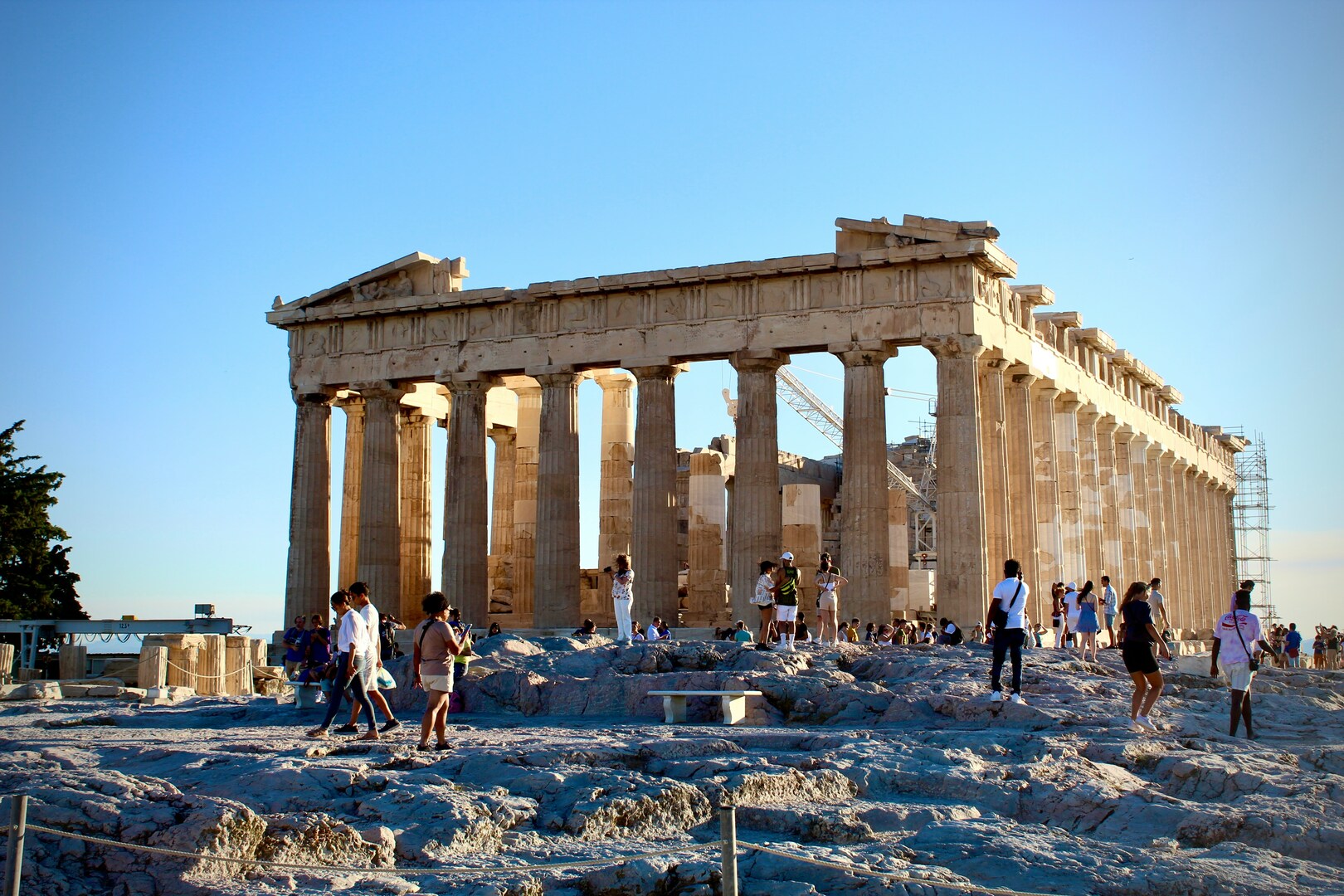
Skip-the-line private guided tour with licensed archaeologist. Explore the Parthenon, Propylaea, Erechtheion, and Temple of Athena Nike. Discover ancient Greek history, mythology, and architectural secrets with personalized attention
Explore at your own pace with multilingual audio commentary. Skip-the-line entry to Acropolis and Parthenon with engaging stories about ancient Greek civilization, architecture, and mythology delivered through your smartphone
Evening tour combining Parthenon exploration with panoramic Athens views at golden hour. Watch the marble glow as ancient Greeks did, followed by traditional Greek dinner in Plaka
The Parthenon stands as the supreme achievement of classical Greek architecture, built 2,500 years ago as a temple to Athena, patron goddess of Athens. This magnificent Doric temple represents the golden age of Athenian democracy and the birth of Western civilization.
Constructed from gleaming Pentelic marble between 447-432 BC, the Parthenon housed the massive gold and ivory statue of Athena Parthenos by the master sculptor Phidias. Its mathematical perfection and optical illusions continue to inspire architects and artists worldwide.
More than just a temple, the Parthenon symbolizes the ideals of democracy, philosophy, and artistic excellence that Athens gave to the world. Walk where Pericles, Socrates, and Plato once stood, and witness humanity's greatest architectural achievement.
Discover History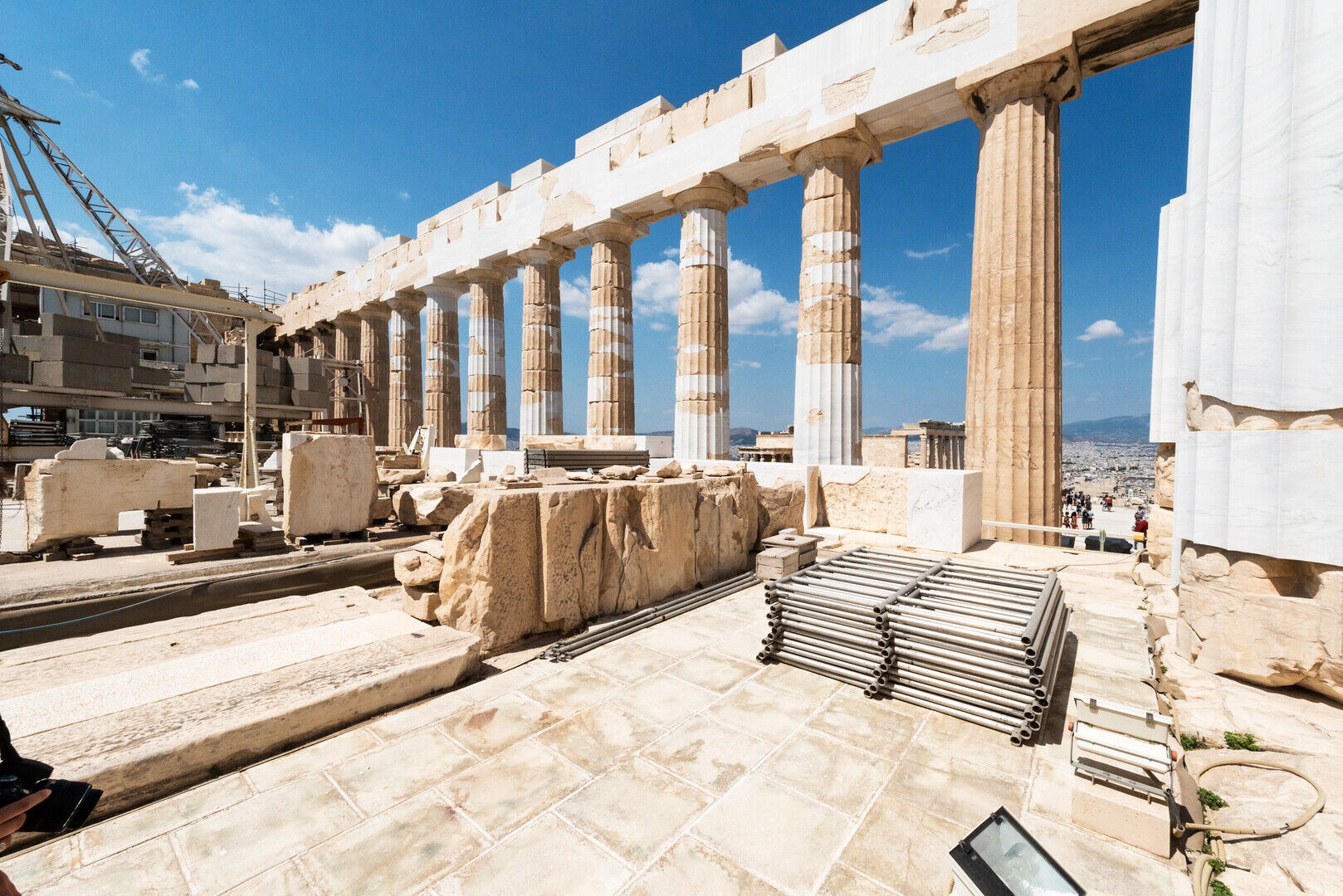
Experience the pinnacle of Doric architecture with perfect mathematical proportions and ingenious optical refinements that create the illusion of perfect straight lines from curved surfaces.
Stand where democracy was born 2,500 years ago. The Acropolis witnessed the revolutionary ideas of citizen participation and philosophical inquiry that shaped Western civilization.
Marvel at the remaining sculptural elements created by Phidias, considered the greatest sculptor of antiquity. His Parthenon sculptures set the standard for classical art.
Explore the sacred rock that has been continuously inhabited for over 3,000 years, offering breathtaking views of Athens and connecting you to millennia of human civilization.
447 BC - Golden Age Begins: Pericles commissions the Parthenon as part of his ambitious building program, funded by the Delian League treasury, marking Athens' supremacy in the Greek world.
438 BC - Temple Completion: The main temple structure is completed, housing Phidias's magnificent 12-meter gold and ivory statue of Athena Parthenos, one of the Seven Wonders of the ancient world.
432 BC - Sculptural Perfection: The final decorative sculptures are completed, including the famous Parthenon Marbles depicting the Panathenaic procession and mythological battles.
6th Century AD - Christian Church: The Parthenon is converted into a Christian church dedicated to the Virgin Mary, preserving the structure through the Byzantine period.
1687 - Venetian Explosion: A Venetian bombardment ignites Ottoman gunpowder stored inside, causing devastating damage to the center of the building, creating the ruins we see today.
Explore ancient rituals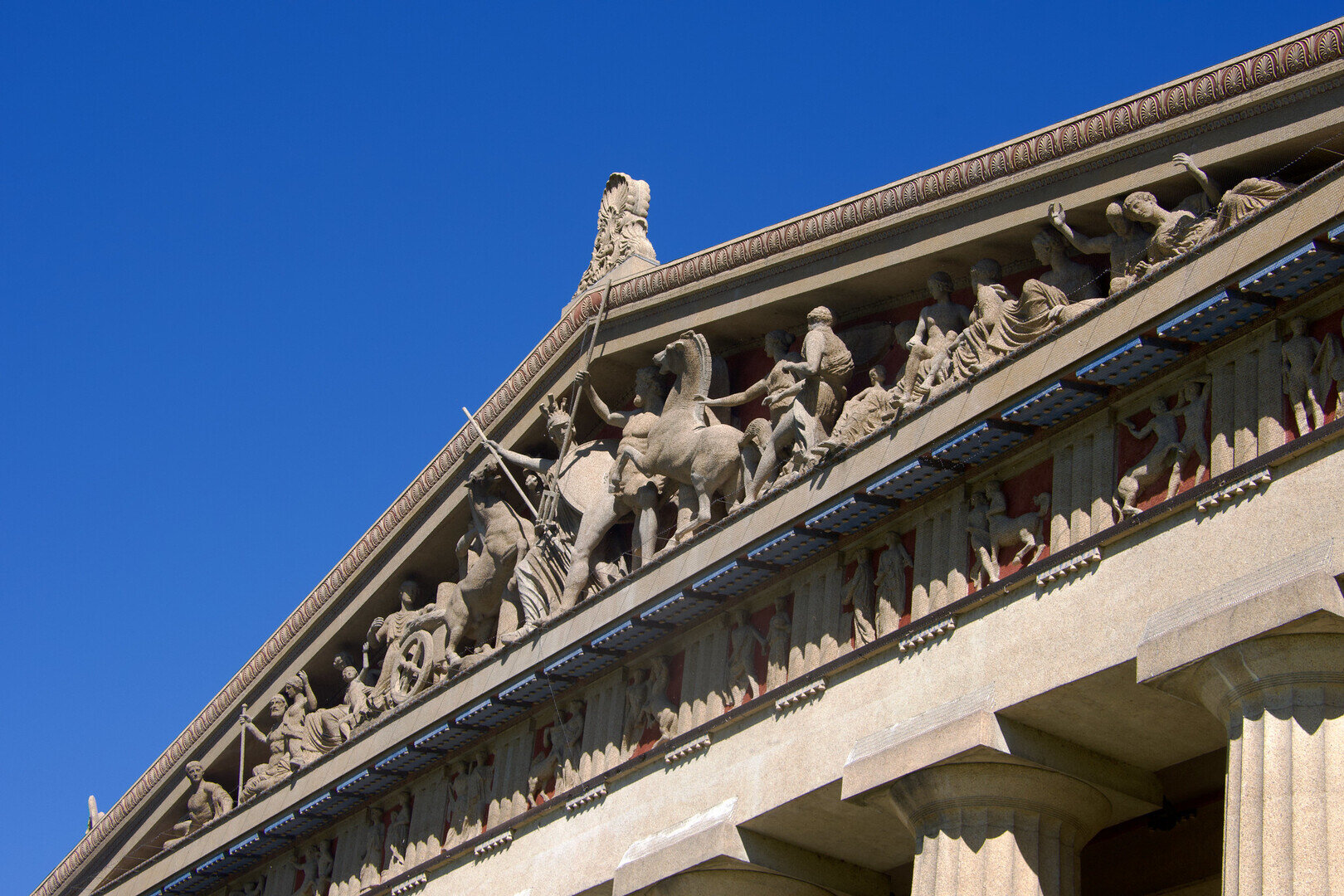
Witness the world's greatest sculptural masterpieces depicting the birth of Athena and her contest with Poseidon for patronage of Athens. These marble narratives brought Greek mythology to life for ancient worshippers.
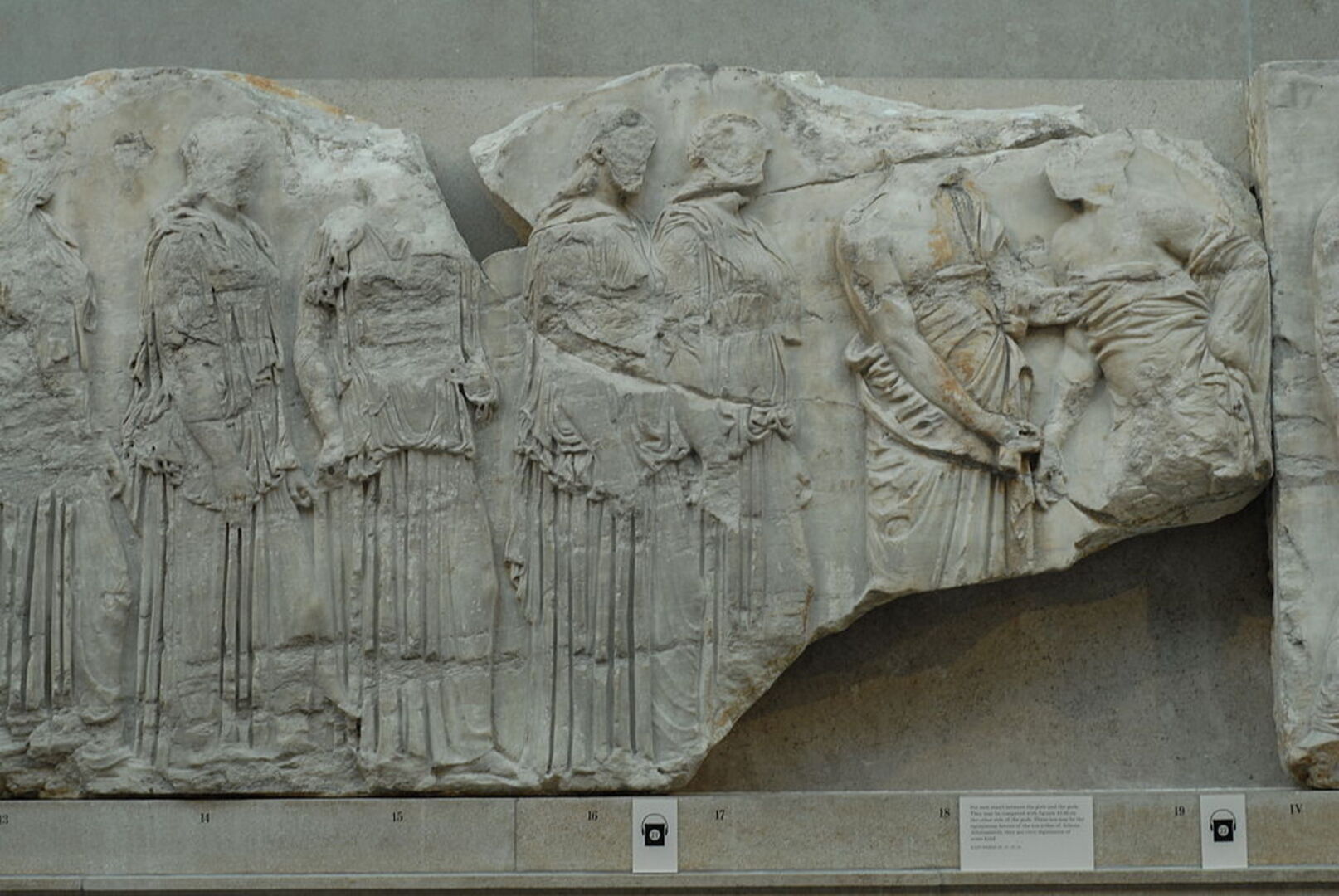
Explore the magnificent 160-meter frieze depicting Athens' most important religious festival. This continuous marble relief captures the democratic spirit of classical Athens in stunning detail.

Stand in the holy of holies where Phidias's golden statue of Athena Parthenos once dominated. This inner sanctuary was the spiritual heart of ancient Athens and the goddess's earthly dwelling.
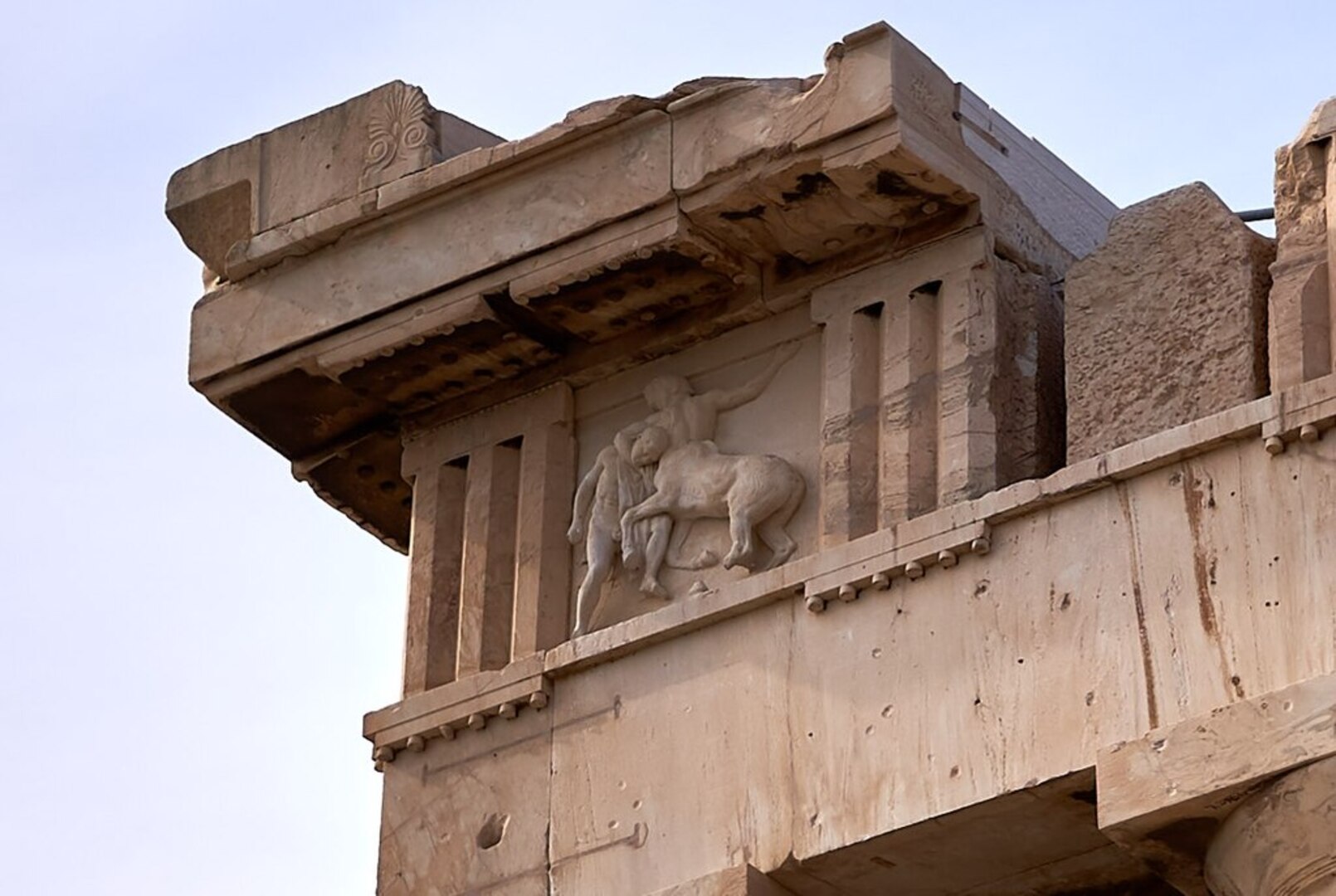
Discover the 92 metopes depicting epic battles between civilization and chaos - Greeks versus Trojans, gods versus giants, and Greeks versus Amazons, symbolizing Athens' triumph over barbarism.
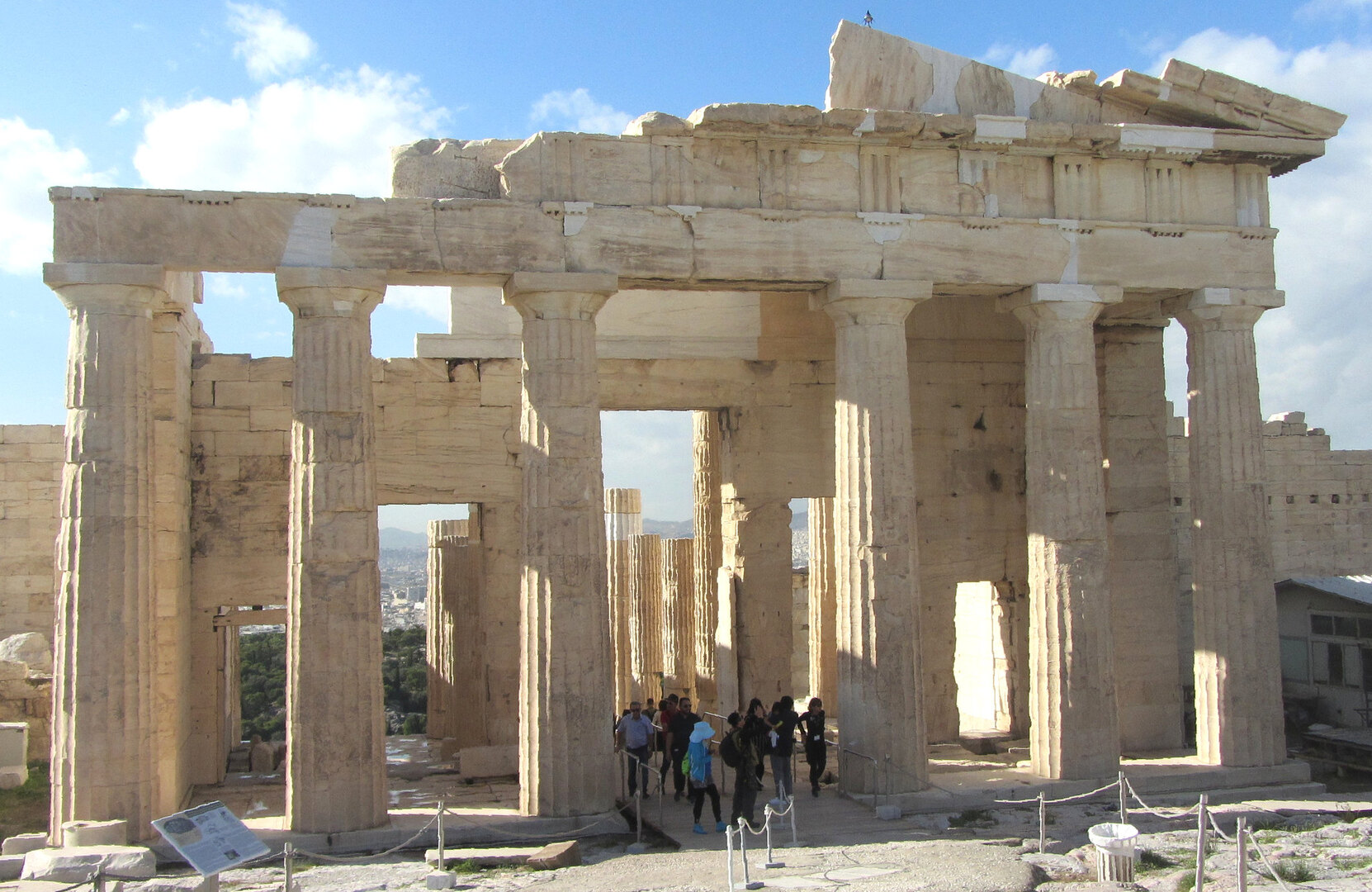
Make the most of your Parthenon experience with these essential planning tips:
Address: Acropolis of Athens, Dionysiou Areopagitou, Athens 105 58, Greece
Nearest Metro: Acropolis Station (Line 2) - 10 minutes walk
Coordinates: 37°58'17"N 23°43'36"E
The Parthenon crowns the Acropolis hill in the heart of historic Athens, visible from throughout the city. This sacred rock has been the spiritual center of Athens for over 3,000 years and remains one of the world's most important archaeological sites.
Allow 2-3 hours minimum for the Acropolis including the Parthenon, plus additional time for the Acropolis Museum. A thorough exploration can easily take half a day, especially during peak season when crowds move slowly.
While you cannot enter the Parthenon's interior due to conservation, you can walk around the entire perimeter and see the magnificent Doric columns, remaining sculptural elements, and the cella where Athena's statue once stood.
Some original sculptures remain on the building, but many are housed in the Acropolis Museum for protection. The famous Parthenon Marbles (Elgin Marbles) are divided between Athens and the British Museum in London.
Limited accessibility exists via a special lift for visitors with mobility issues. Contact the site in advance to arrange access. The ancient paths are uneven marble and can be challenging for wheelchairs.
Golden hour (one hour before sunset) provides the most dramatic lighting when the Pentelic marble glows warm. Early morning also offers beautiful light with fewer crowds for better compositions.
Absolutely essential! The museum complements your Parthenon visit with original sculptures, interactive displays, and a glass gallery with direct views of the Acropolis. It dramatically enhances understanding of what you see on the hill.
Purchase tickets online through the official Greek Ministry of Culture website or major tour operators. Combined tickets include multiple archaeological sites and represent better value than individual site tickets.